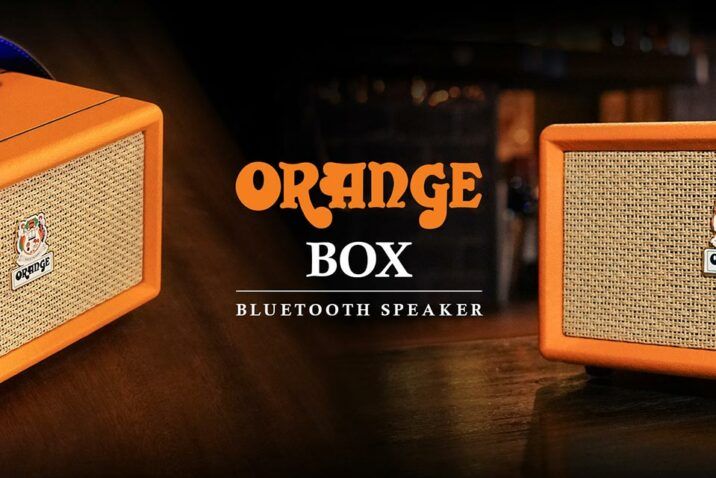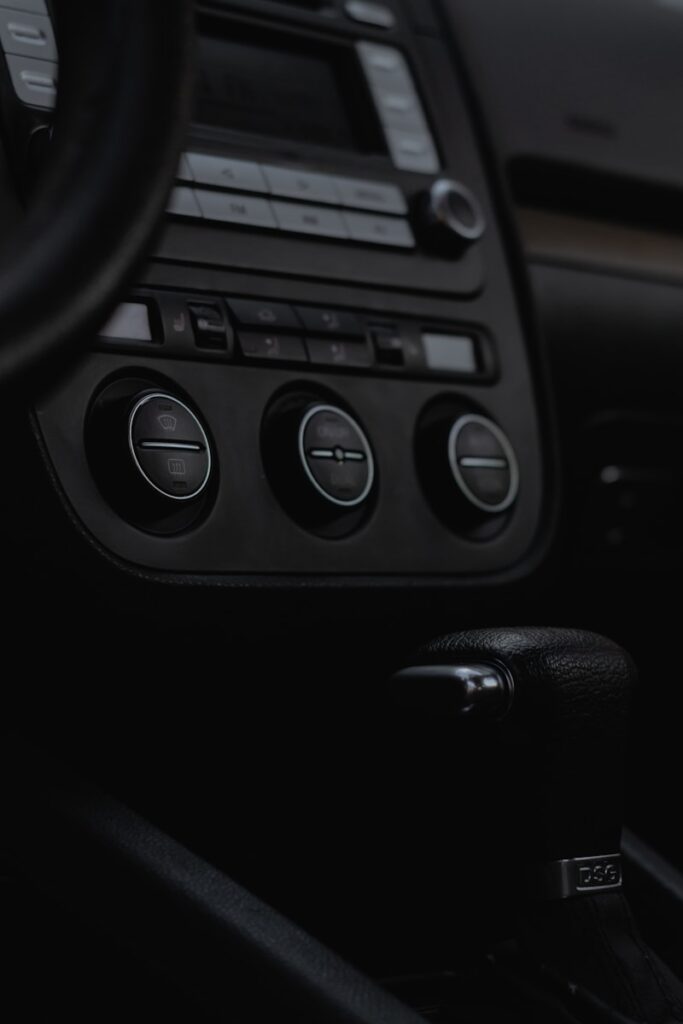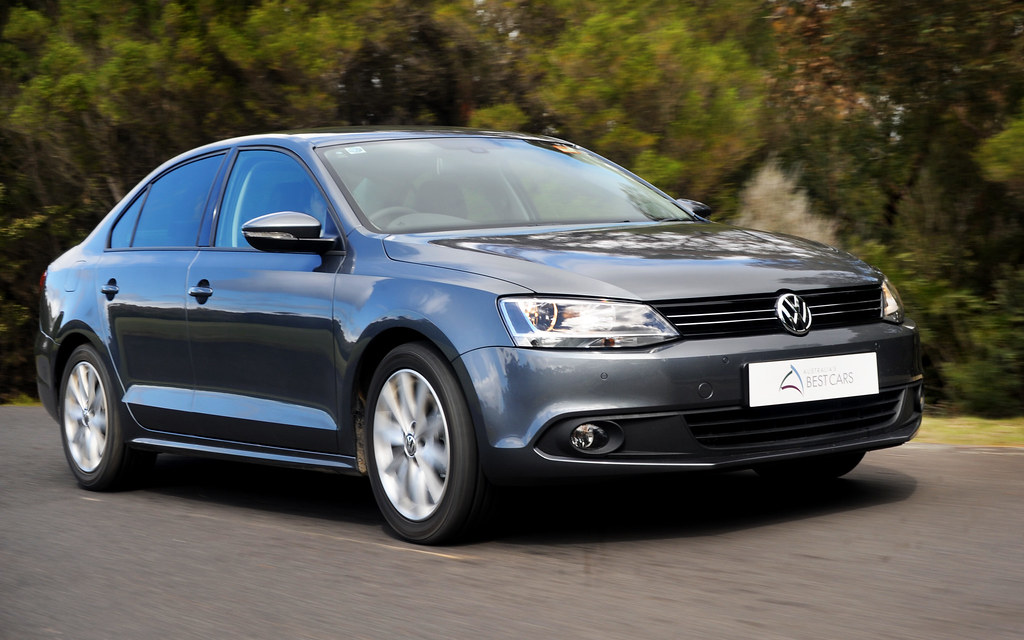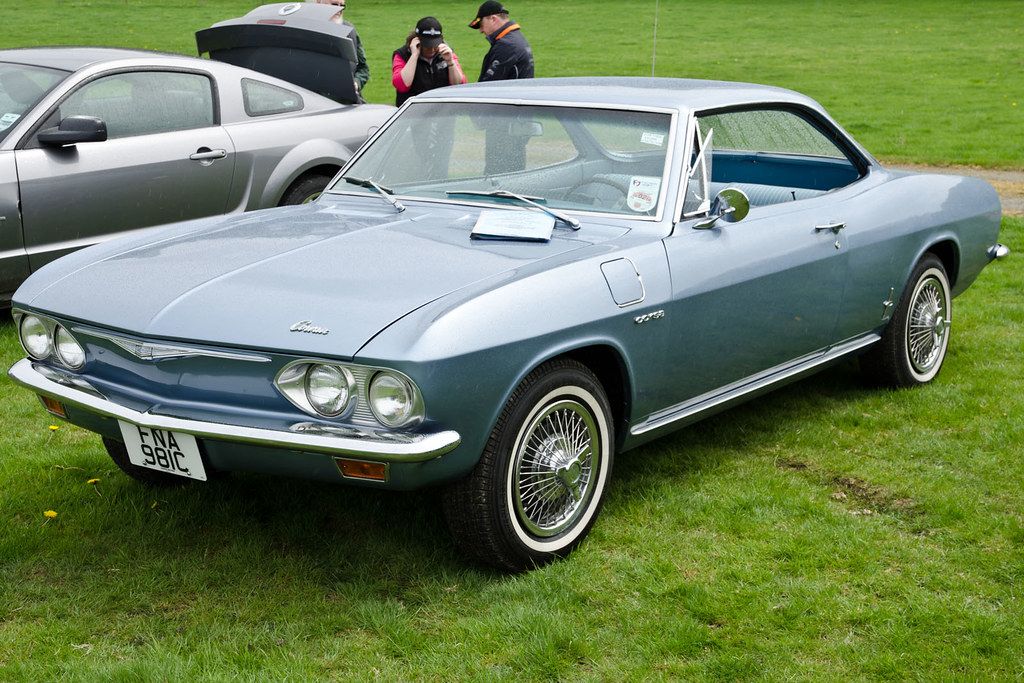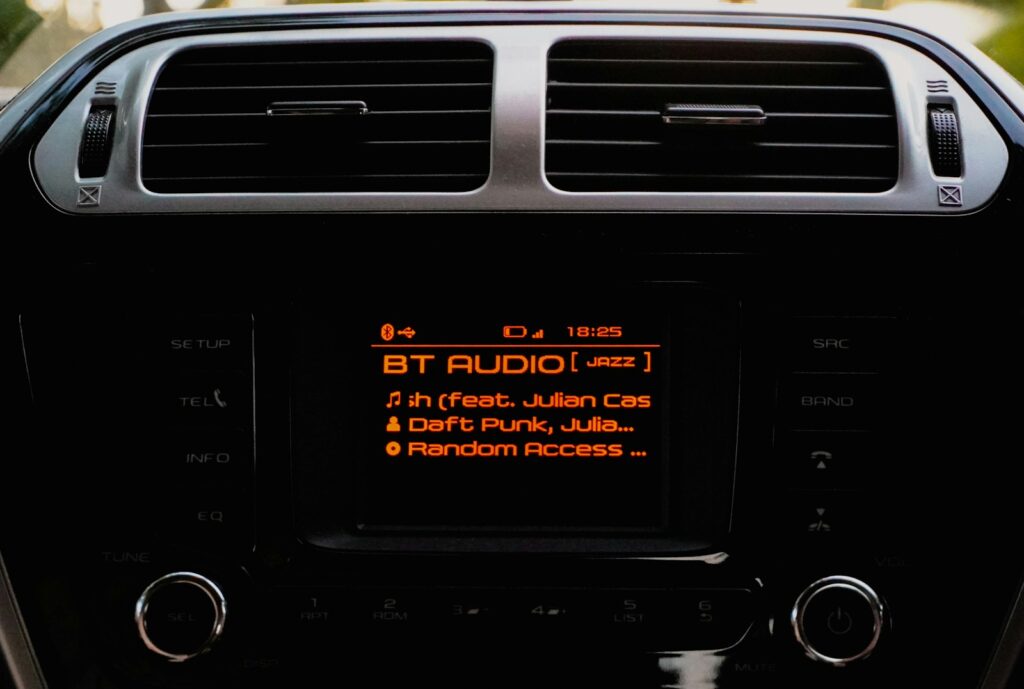
There’s an undeniable magic that happens when your favorite song plays through a truly exceptional sound system. For many of us, our cars are more than just a means of transport; they’re personal sanctuaries, mobile offices, and concert halls on wheels. Yet, despite how much time we spend behind the wheel, the factory stereo systems that come standard in most vehicles often leave much to be desired, offering a sound experience that’s, frankly, a bit dull.
But here’s the exciting news: you absolutely don’t have to settle for that ‘boring sound’ any longer. Upgrading your car’s audio system isn’t just a possibility; it’s an opportunity to transform every commute, road trip, and quick errand into an immersive, auditory adventure. Imagine feeling the deep bass resonating through the cabin, hearing every vocal nuance with crystal clarity, and cranking up the volume without a hint of distortion. This isn’t just about making your music louder; it’s about making it better, richer, and more engaging.
Whether you’re a casual listener dreaming of a clearer radio experience or an aspiring audiophile eager to build a mobile studio, the path to a superior car audio system is within reach. This guide will walk you through the essential steps and considerations, offering insights into recognizing the need for an upgrade, planning your project, and selecting the core components that will elevate your driving soundtrack from basic beats to pure sonic bliss.
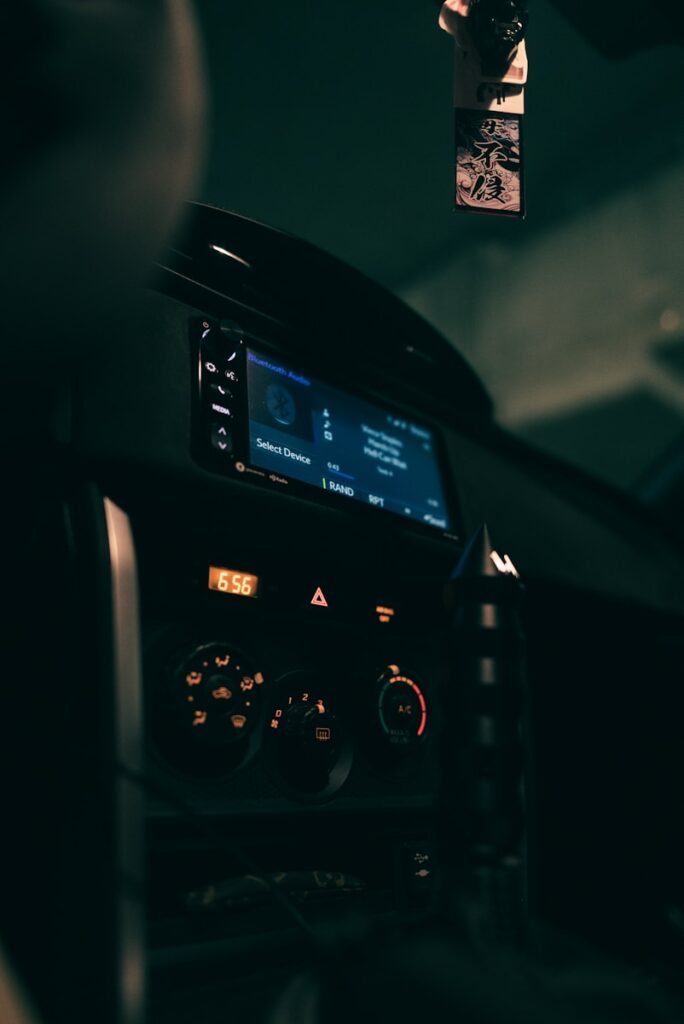
1. **Recognizing When Your Car Sound System Needs an Upgrade**Before you dive headfirst into the exciting world of aftermarket audio, it’s crucial to understand if your current setup genuinely needs an intervention. Most cars come with a basic stereo that serves its purpose, but if you’re someone who craves high-quality audio, it’s worth performing a simple assessment. Identifying the signs of an underperforming system is the first step toward making informed decisions about your car sound system upgrade.
To begin, create a controlled listening environment. Sit in your car with the doors and windows closed, then play a variety of music tracks—from bass-heavy electronic to intricate acoustic pieces—at a volume higher than your usual listening level. This stress test will reveal your system’s true capabilities, or more often, its limitations. Pay close attention to how the audio sounds, specifically looking for three key indicators that suggest an upgrade is in order.
One common sign is a ‘Lack of Clarity.’ If you find yourself constantly needing to increase the treble just to discern details in your music, your speakers are likely failing to deliver the nuanced sound quality you desire. This isn’t just a minor annoyance; it signifies that your audio is muddy, lacking the crispness and definition that truly brings music to life. An upgrade can resolve this, allowing you to hear every instrument and vocal with stunning precision.
Another major red flag is ‘Weak Bass Response.’ If boosting the bass only results in a hollow or empty sound, rather than a deep, resonant thump, your current setup is clearly lacking the necessary components to produce rich, impactful low frequencies. The absence of solid bass can make your music feel thin and unengaging, missing that physical presence that makes certain genres truly electrifying. Integrating a subwoofer or upgrading your speakers can dramatically improve this aspect, making your music feel full-bodied and dynamic.
Finally, ‘Distortion at High Volumes’ is a definitive indicator that your system is struggling. If your music becomes garbled, buzzy, or simply unpleasant when you turn up the volume, it means your current components cannot handle the power. This is a clear sign that your speakers or amplifier are being pushed beyond their limits, leading to a compromised listening experience. A new amplifier or better speakers can significantly enhance sound clarity, allowing you to enjoy your music loud and clear, without the unwanted fuzz and crackle.
Read more about: 2025 Family Cars: Unpacking the Best Value, Safety, and Reliability for Your Household
2. **Essential Questions to Consider Before a Car Stereo Upgrade**Once you’ve determined that an upgrade is indeed necessary, the next logical step is to clarify your goals. Upgrading your car audio system offers a world of possibilities, which can be daunting if you don’t have a clear direction. Asking yourself a few essential questions upfront will help you define your objectives and pave the way for a more targeted and satisfying enhancement, ensuring your efforts lead to the ideal stereo system tailored to your unique preferences.
First and foremost, ‘What Is Your Budget for a Car Sound System Upgrade?’ This is a critical question, as car audio enhancements can range from minor tweaks to a complete overhaul. Establishing a clear budget from the outset will prevent overspending and guide your choices. With a defined budget, you can decide whether to make small, incremental improvements, like replacing front speakers or a head unit, or if a full system replacement is within your means. A car audio expert can then assist in putting together an ideal system that aligns with your financial comfort zone.
Next, consider, ‘Do You Enjoy Listening to Loud Music in Your Car?’ For many, the ability to crank up the volume and truly feel the music is a top priority. Most low-quality stereos simply aren’t built to handle high volumes without performance degradation. If loud, clear music is what you seek, then installing a new amplifier is often a good option, as it provides the necessary power to drive your speakers without distortion. Additionally, upgrading your speakers themselves can greatly contribute to achieving that desired high-volume clarity and impact.
Then, delve into, ‘How Important Is Bass in Your Car Audio Experience?’ For some, deep, rich bass is the cornerstone of an enjoyable listening experience. If you find music lacking without that powerful low-end punch, then adding a subwoofer is a simple and effective installation that will truly get the bass pumping. A subwoofer is specifically designed to reproduce the lowest frequencies, adding depth and realism that factory systems can’t replicate. While a subwoofer is usually accompanied by a new amplifier, powered subwoofers offer an integrated solution.
Another important question is, ‘Can You Improve Sound Quality While Keeping Your Factory Stereo?’ Many car owners are reluctant to replace their factory stereo altogether, often because it’s formatted to fit best with the car’s interior and existing electronics. The good news is that you don’t necessarily have to rip it out entirely. There are numerous upgrades you can make to your existing system, such as installing new premium speakers or adding an amplifier with speaker level inputs, that can significantly improve sound quality without altering the original head unit.
Finally, ask yourself, ‘Should You Replace Your Old Car Stereo with a New System?’ If you drive an older car or simply aren’t attached to your current car audio system, starting from scratch might be the most liberating option. This approach allows you to build a brand-new stereo system tailored precisely to your preferences, opening up a ‘world of possibilities.’ While this can seem daunting without much audio system experience, working with a car audio expert can make the process much smoother and less stressful, ensuring you get exactly the system you envision.
Read more about: Navigating the Road Ahead: A Deep Dive into the Most Common 2025 Tesla Model 3 Service Issues and Recalls
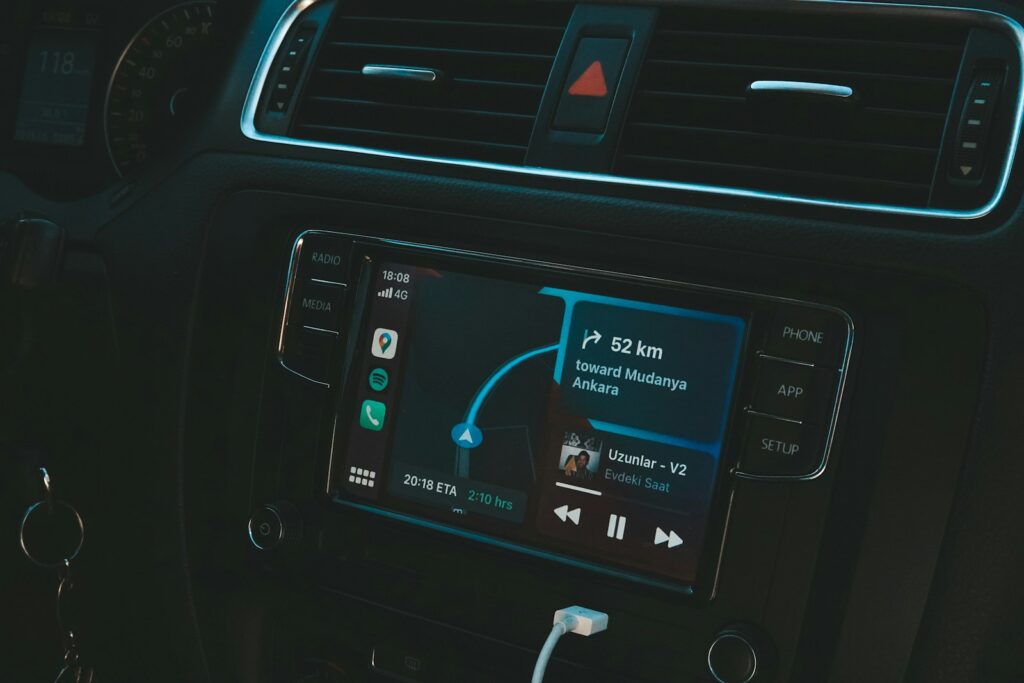
3. **Upgrading the Head Unit: The Central Control Hub**The head unit, often referred to as the car stereo, is arguably the most crucial component in any car audio system. It serves as the ‘central control hub,’ dictating everything from music playback and radio reception to external device connectivity. Deciding to upgrade this foundational piece is a pivotal step towards a successful car stereo transformation, profoundly impacting both the sound quality and the overall functionality of your in-car entertainment.
An aftermarket head unit can instantly elevate your driving experience, acting as the brain of your new setup. It’s where you control your music, but it also offers a host of modern benefits that factory units often lack. Imagine seamlessly connecting your smartphone for navigation, enjoying a vast library of streaming services, or making hands-free calls – all features that are typically enhanced or exclusively available through an upgraded head unit. The audio line level output of an aftermarket head unit is superior, directly contributing to improved sound quality across your entire system.
When choosing the right head unit for your car stereo upgrade, you’ll want to consider a variety of features that align with your lifestyle and tech preferences. Modern units often boast intuitive ‘touchscreen controls’ for ease of navigation, ‘Bluetooth connectivity’ for wireless streaming and hands-free calling, and crucial ‘compatibility with Android Auto or Apple CarPlay.’ These smartphone integration platforms allow you to safely access your phone’s apps, maps, and music directly from the head unit’s display, enhancing convenience and reducing distractions while driving.
Beyond these modern conveniences, an upgraded head unit can also offer ‘GPS navigation,’ auxiliary inputs for a wider range of devices, and ‘preamp outputs’ that are essential for connecting external amplifiers. These outputs provide a cleaner signal to your amplifiers, which in turn leads to clearer, more powerful sound reproduction. The right head unit will not only meet your needs but also integrate seamlessly with your vehicle’s aesthetic and existing electrical system, serving as a powerful and versatile command center for your audio journey.
Read more about: Beyond the Hull: Decoding the U.S. Navy’s Path Forward – A Deep Dive into Admiral Caudle’s Vision and the ‘USS’ Legacy
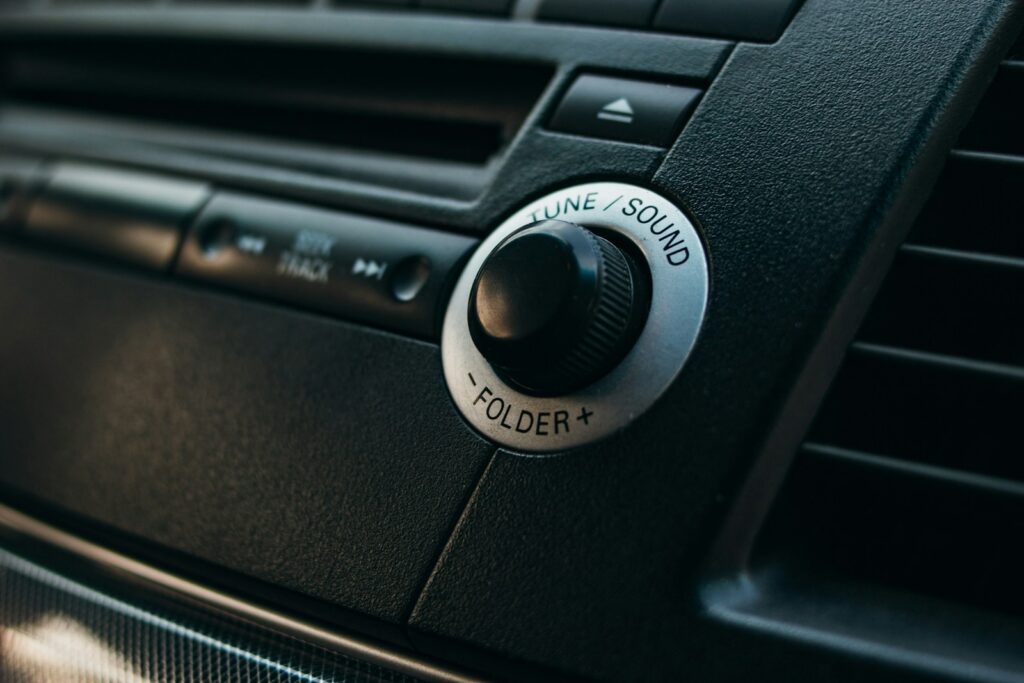
4. **Choosing the Right Loudspeakers for Superior Sound Quality**While the head unit provides the signal, it’s the loudspeakers that truly bring your music to life, transforming electrical impulses into the rich, detailed sounds you hear. As a ‘critical component’ of your car sound system, speakers determine the clarity, smoothness, and overall quality of sound reproduction. Upgrading your car’s door speakers and tweeters is where you’ll notice a ‘noticeable difference in audio quality,’ moving beyond the often-muddy and uninspired sound of factory units.
When delving into the world of aftermarket loudspeakers, you’ll primarily encounter two main types: coaxial speakers and component speakers. Coaxial speakers, often referred to as ‘all-in-one’ units, are simpler to install as they combine the tweeter, midrange, and woofer into a single basket. They are a significant upgrade over standard single-cone factory speakers and are a good entry point for those seeking improved sound without extensive modifications. However, while good, many are considered ‘average’ compared to their more advanced counterparts.
For those seeking a truly superior listening experience, ‘component speakers’ are the preferred choice. These systems separate the tweeter from the woofer and midrange, allowing for more precise placement within your vehicle. This design offers ‘better sound quality and clarity’ because each driver can be optimized for its specific frequency range and positioned for optimal imaging and soundstage. While component speakers are ‘harder and take more time & effort’ to install, the sonic rewards—tighter bass, clearer highs, and more alive vocals—are often well worth the investment.
Beyond the type, ‘material quality’ plays a significant role in a speaker’s performance and longevity. Premium speakers are crafted from high-quality materials that produce a much better sound and are built to last significantly longer than their factory counterparts. When shopping, it’s ‘essential to match the speaker size with your car’s OEM hole-size,’ unless you plan on customizing the setup with adapter rings or custom mounts. Selecting high-quality speakers from reputable manufacturers is paramount; they will deliver the crisp, detailed sound that elevates your listening experience and truly separates your system from the ordinary.
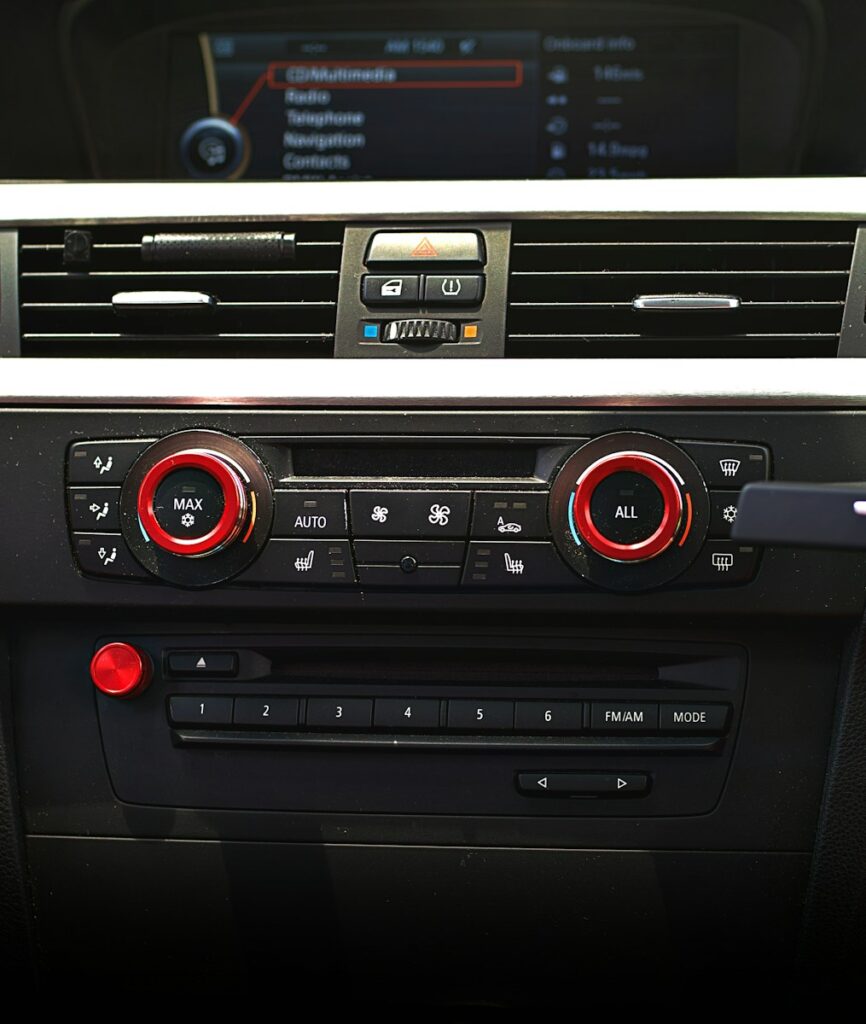
5. **Adding a Subwoofer for Enhanced Bass Performance**If your current car audio leaves you yearning for more punch, more depth, and that visceral rumble that truly makes music exciting, then a subwoofer is an absolute game-changer. Subwoofers are specifically designed to ‘cover the lower end frequencies in your music,’ reproducing the deepest bass notes that conventional speakers simply can’t handle with authority. For many car audio enthusiasts, music ‘isn’t the same without a good subwoofer,’ as it provides the crucial foundation for a full-bodied and impactful sound.
Integrating a quality subwoofer into your system can add ‘a new level depth and realism’ to your music, creating an immersive experience that’s impossible to replicate with a factory stereo system alone. Whether you’re a fan of hip-hop, electronic music, or even classical pieces with powerful orchestral movements, a subwoofer ensures you don’t miss out on the rich, resonant low-end that adds body and excitement to any audio system. It’s not just about loud bass; it’s about accurate, defined bass that you can feel as much as you hear.
Subwoofers ‘come in three key sizes: 8″, 10″ and 12″,’ with each size offering slightly different characteristics in terms of output and enclosure requirements. The choice often depends on your available space, desired bass level, and musical preferences. For instance, smaller subwoofers might offer quicker, punchier bass, while larger ones can move more air for a deeper, more sustained rumble. However, regardless of size, the magic truly happens when a subwoofer is ‘installed correctly and paired with a premium amplifier and head unit.’ This synergy ensures that the subwoofer receives a clean, powerful signal, allowing it to perform at its best without distortion.
Furthermore, when considering a subwoofer, you’ll often encounter the concept of ‘enclosures.’ Subwoofer enclosures, which are usually easily installed in the trunk or back seat of your car, are vital for optimal performance. They add bass and clarity to your stereo’s sound and can significantly impact a system’s overall output. You’ll need to decide between ‘sealed or ported enclosure’ types, each offering distinct sound characteristics. Just connect the sub enclosure to an amp and head unit and ‘boom, instant bass!’ This relatively simple addition will provide an instant, undeniable improvement in your car’s audio experience, transforming thin sound into a dynamic, engaging soundscape.
Read more about: An In-Depth Look: Essential New Features and Performance Upgrades for the 2025 Ram 1500 Truck Lineup
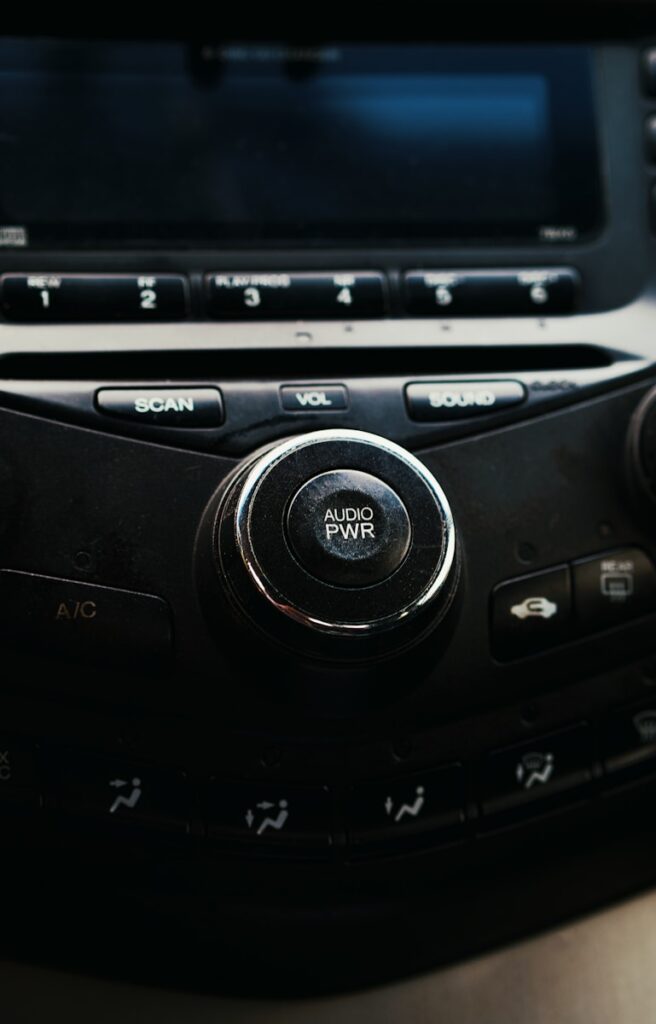
6. **Incorporating a High-Quality Amplifier for Optimal Power**An exceptional car audio system simply cannot exist without adequate power, and this is precisely where a high-quality amplifier becomes indispensable. Amplifiers act as the powerhouse of your setup, boosting an audio signal into something robust enough for your speakers to faithfully reproduce sound. Without a proper amplifier, even the most premium speakers will struggle to perform at their best, leading to a compromised listening experience characterized by distortion and a lack of dynamics.
Indeed, the amplifier brings a certain magic to the audio chain, enabling your speakers to operate without distortion, even when you crave that high-volume exhilaration. For high-performance car audio systems, an amplifier isn’t just an accessory; it’s a fundamental requirement. It ensures that your music retains its clarity and impact, no matter how loud you want to enjoy it, transforming your vehicle into a true mobile concert hall where every note is precisely rendered.
Navigating the amplifier market, however, requires a degree of technical understanding. It’s crucial to consider the number of channels an amplifier offers, as this dictates how many speakers or subwoofers it can power independently. Whether you opt for a simple Mono Block Class D amplifier dedicated to a subwoofer enclosure or a multi-channel unit, such as a 4-channel amp to boost your midrange and high-frequency speakers, the choice profoundly impacts your system’s flexibility and power distribution.
Furthermore, matching the amplifier’s RMS power rating to your chosen combination of speakers and subwoofers is paramount. This technical alignment ensures that each component receives the optimal amount of clean, stable power, preventing damage and maximizing sound quality. With the right amplifier, your system gains the muscle needed to push sound to exhilarating levels without a hint of strain, unlocking the full potential of your entire audio setup and delivering an immersive listening experience.
Read more about: Beyond the Mic: A Deep Dive into Joe Rogan’s Epic and Eclectic Knife Collection
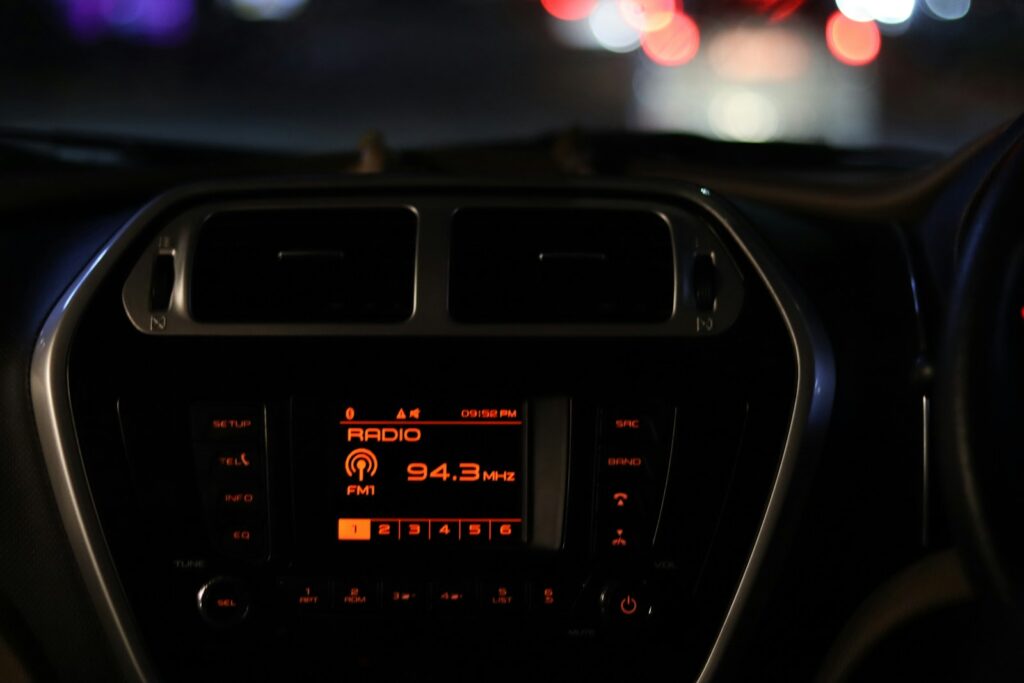
7. **Enhancing Sound with Tweeters for Pristine High Frequencies**While woofers handle the impactful lows and midrange drivers fill out the core of the sound, tweeters are the often-underestimated heroes responsible for delivering the sparkling, high-frequency details that add clarity and definition to your music. If you’re genuinely looking to elevate your car’s audio experience, overlooking your tweeters would be a significant oversight. They are essential components in any speaker system, designed specifically to reproduce the delicate upper registers of sound.
Tweeters are never used in isolation; they always work in conjunction with other speakers to create a balanced and full audio spectrum. Their primary role is to ensure that you can hear every voice, every cymbal crash, and every subtle instrumental detail with absolute clarity, regardless of the ambient noise within your car. This precision in high-frequency reproduction is what truly separates a good sound system from an exceptional one, bringing a lifelike presence to your favorite tracks.
Upgrading your car’s door speakers and, specifically, the tweeters, is one of the most immediate ways to notice a significant improvement in overall audio quality. Factory tweeters often fall short in delivering the nuanced, crisp highs that premium aftermarket units can provide. When component speaker systems separate the tweeter from the woofer and midrange, it allows for more strategic placement, optimizing the soundstage and imaging for an even more immersive experience.
Selecting high-quality tweeters, crafted from superior materials, guarantees that these critical high-frequency sounds are reproduced cleanly and without harshness. They contribute immensely to a transparent and airy sound, making your music feel more open and detailed. Investing in better tweeters means investing in the ability to discern the intricate textures and subtleties that make music truly engaging, ensuring that no part of the audio spectrum is left behind.
Read more about: Sonic Sanctuaries on Wheels: The Definitive Guide to 2025 Cars with Elite Sound Systems for Music Lovers
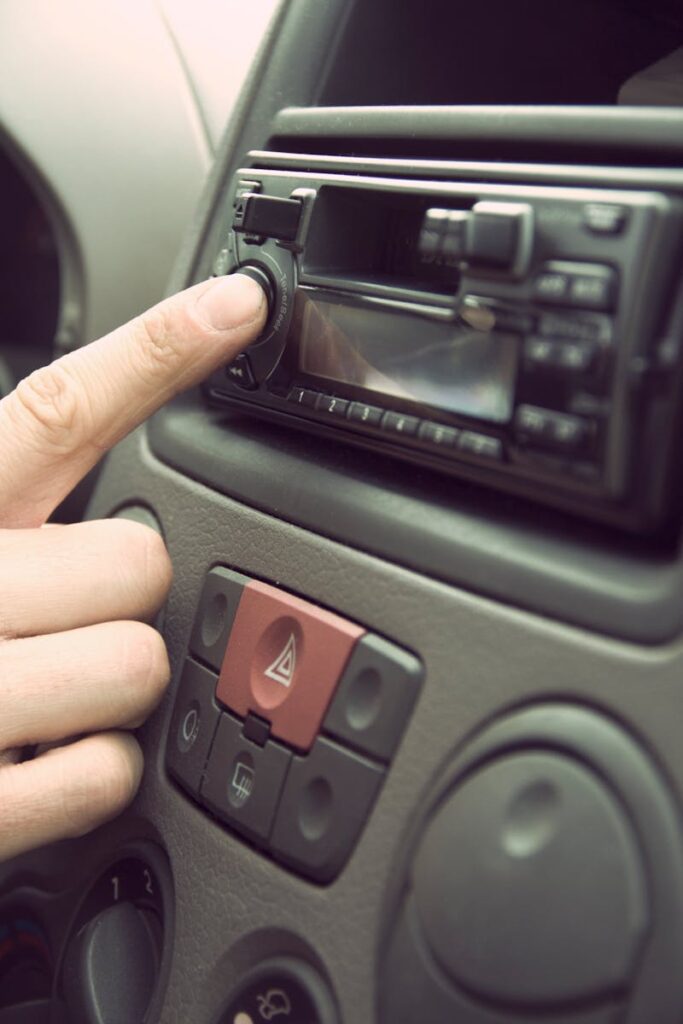
8. **Digital Sound Processors: Unparalleled Audio Customization**For those who demand absolute control over their in-car listening experience, digital sound processors (DSPs) represent the pinnacle of audio customization. Adding a DSP to your car’s stereo build unlocks an advanced level of precision tuning, allowing you to sculpt your sound system’s output to an unparalleled degree. This isn’t just about simple bass and treble adjustments; it’s about meticulously fine-tuning every aspect of your audio to match your exact preferences and your car’s unique acoustic environment.
Digital sound processors offer the capability to address specific challenges within a vehicle’s cabin, which is often an acoustically imperfect space. They can correct for irregularities in speaker response, adjust for sound reflections, and create a truly optimized soundstage, making it feel as if the music is being performed directly in front of you. Whether you’re aiming to enhance your bass with a Digital Bass Processor or to fine-tune your entire system with a Digital Signal Processor, these units are engineered to help you achieve your ultimate car audio performance goals.
The power of a DSP lies in its ability to offer precise tuning parameters, far beyond what a standard head unit’s equalizer can achieve. You can manipulate time alignment, ensuring that sound from all speakers reaches your ears simultaneously, and adjust crossovers with surgical accuracy. This level of granular control means you can virtually eliminate acoustic imperfections, ensuring that every instrument and vocal track is rendered with breathtaking clarity and perfect spatial definition.
While some might get hung up on achieving “perfect” settings,” the real benefit of a DSP is the freedom to experiment and personalize. It empowers you to add bass, reduce harsh highs, even out the balance across your speakers, and truly tailor the sound profile to your specific musical tastes. With a digital sound processor, your car’s audio system transcends basic playback, becoming a highly adaptable and exquisitely tuned instrument of sonic delight, capable of delivering a concert-like experience every time you drive.
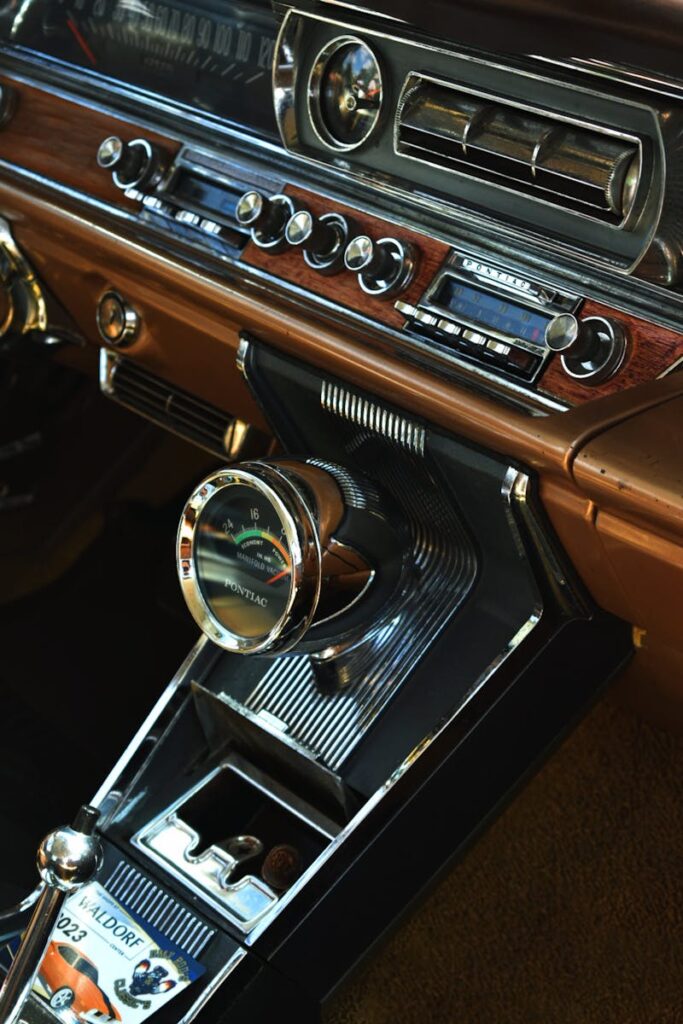
9. **The Overlooked Benefits of Soundproofing Your Car**When embarking on a car audio upgrade, many enthusiasts focus intently on components like speakers, amplifiers, and head units, often overlooking a crucial element that can dramatically improve overall sound quality: soundproofing. While it may seem like a less glamorous aspect of the upgrade journey, proper soundproofing can truly be a game-changer, acting as a silent guardian against external noise and internal vibrations that constantly diminish your listening pleasure.
Soundproofing your vehicle works on multiple fronts. Firstly, it creates a much quieter cabin by effectively blocking out intrusive road noise, tire hum, and engine drone. When the external cacophony is significantly reduced, your audio system doesn’t have to compete as hard, allowing the music to shine through with greater clarity and detail. The difference is palpable; instead of the road ‘eating’ part of your sound, every note and lyric becomes more present and impactful.
Secondly, soundproofing helps to mitigate vibrations within the car’s panels and surfaces. These unwanted vibrations can interfere with your speakers’ performance, causing distortion and muddying the sound, especially at higher volumes. By dampening these vibrations, soundproofing creates a more stable and acoustically inert environment for your components, allowing them to reproduce sound more accurately and efficiently. This ensures that the bass is tighter and more controlled, and the overall soundstage is cleaner.
Many car audio experts, drawing from personal experience, emphasize that you shouldn’t ignore soundproofing because ‘it really works.’ It transforms the car interior into a more dedicated listening space, providing a foundational improvement that enhances every other audio component you’ve invested in. While it might seem like a ‘boring’ detail, the tangible benefits—a quieter ride, reduced interference, and a truly immersive audio environment—make it an absolutely worthwhile consideration for any serious car audio enthusiast.
Read more about: Sonic Sanctuaries on Wheels: The Definitive Guide to 2025 Cars with Elite Sound Systems for Music Lovers
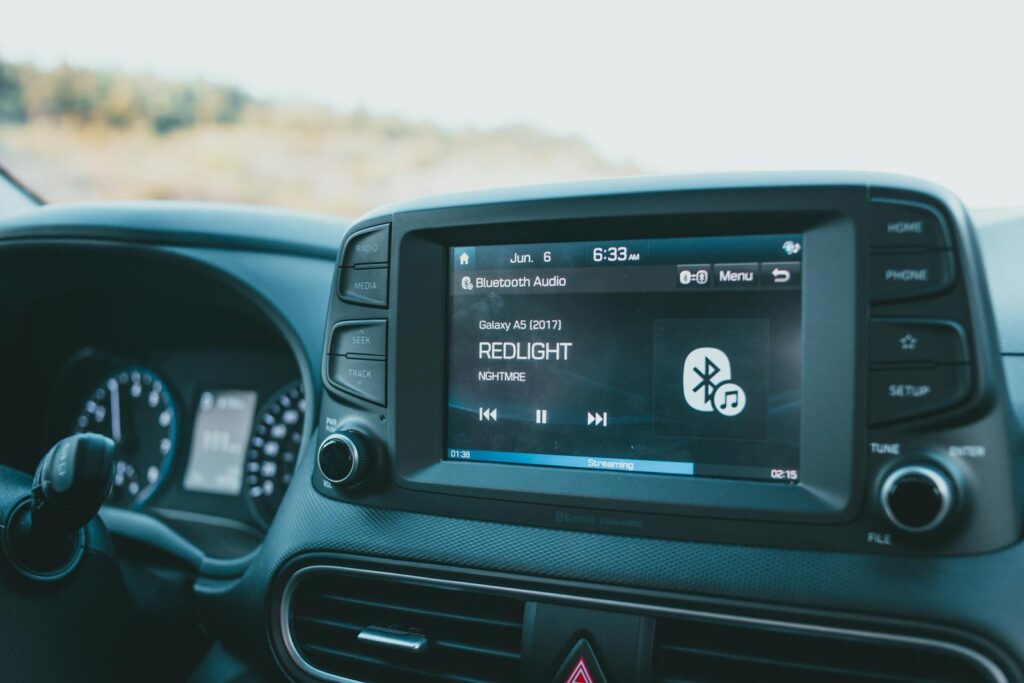
10. **Professional vs. DIY Installation: Making the Right Choice**Once you’ve meticulously selected the perfect products for your new stereo build, the final, crucial step is installation. This decision point, whether to undertake the project yourself or entrust it to a professional, carries significant implications for both the outcome and your peace of mind. While the allure of self-installation can be strong, especially for simple upgrades, modern vehicles present complexities that often make professional assistance the more prudent choice.
For those considering the DIY route, it’s important to weigh the realities. Simple upgrades, like swapping out a couple of speakers or a basic head unit, might be manageable for someone with a bit of technical aptitude and the right tools. However, modern cars are far more intricate than their predecessors, making after-market equipment installation increasingly challenging. Beyond the need for specialized tools that you might not already own, there’s a considerable risk of damaging your vehicle’s delicate wiring or your newly purchased, expensive equipment.
Conversely, opting for a professional technician generally stands as the superior decision, largely because it minimizes the risk of damage to your vehicle or components. Professional installers typically carry insurance policies that cover repairs if anything goes awry during the process, offering a valuable layer of protection. These audio technicians possess years of specialized experience, coupled with all the necessary tools to execute the installation efficiently, correctly, and to the highest standards, ensuring your investment is well-protected.
For more complex systems involving digital sound processors (DSPs), multiple amplifiers, and intricate subwoofer setups, entrusting the work to a professional becomes almost a necessity. They can expertly integrate these advanced components, optimize wiring, and configure settings for peak performance, often leading to an extended warranty on your unit if purchased, installed, and registered with an authorized dealer. While a blend of DIY for simple tasks and professional help for complex ones can be a practical compromise, ensuring correct installation for your high-quality equipment is paramount to fully realizing its sonic potential.
Read more about: Power Up Your Ride: A DIY Guide to Installing a Level 2 EV Charger at Home
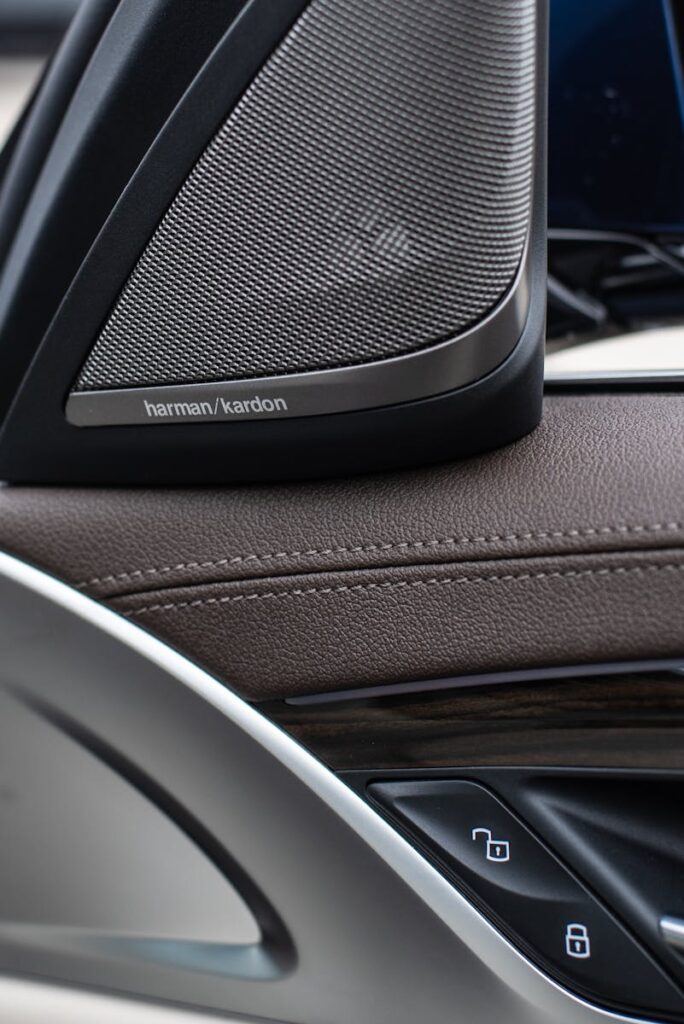
11. **Sourcing Quality Parts and Seeking Expert Assistance**Embarking on a car audio upgrade is an investment in your daily driving pleasure, and like any significant investment, it hinges on the quality of its foundational elements. Sourcing high-quality, high-performance car audio equipment is not merely a preference; it’s a guarantee that your audio system will not only sound exceptional but also stand the test of time. This commitment to quality begins with where and how you acquire your components.
To ensure authenticity and reliability, it is imperative to purchase your audio components from a certified dealer that authenticates its products. While the internet offers a tempting array of parts from third-party sellers, this path is fraught with the risk of acquiring faulty or damaged goods, which can quickly turn your exciting upgrade into a frustrating ordeal. A legitimate dealer, however, guarantees you receive the highest quality product available, often backed by beneficial warranties that provide a safety net should anything unexpected occur.
For instance, all Audiopipe products, when purchased from an authorized dealer, come with a one-year warranty, with the option for an extension if installed and registered through that same authorized dealer. This commitment to post-purchase support underscores the value of choosing reputable sources. Beyond the security of warranties, visiting your nearest car audio retailer offers an invaluable opportunity to speak directly with a sales representative, gaining further information and personalized recommendations tailored specifically to your project and vehicle.
Ultimately, unless you possess a deep understanding of the technical intricacies of speakers, stereos, amplifiers, and subwoofers, consulting with an audio system expert is not just helpful—it’s a must. These professionals can demystify the complexities, assisting you in selecting and installing the right components to truly enhance your car’s sound quality and your overall driving experience. Whether you’re building a competition-level system or simply aiming for a superior daily commute, expert guidance ensures you make informed decisions, transforming your car into a finely tuned, personal concert hall.
Read more about: Mastering Classic Car Longevity: An Expert Guide to Keeping Your Vintage Beauty Running for Decades
Upgrading your car’s sound system is more than just a technical endeavor; it’s an opportunity to redefine your daily drive, transforming every journey into an immersive auditory escape. From the foundational clarity offered by a premium head unit to the nuanced power of amplifiers, the pristine highs from dedicated tweeters, and the transformative customization provided by digital sound processors, each component plays a vital role in building your ultimate mobile soundstage. Don’t underestimate the quiet revolution that soundproofing can bring, isolating your sanctuary from the world outside, allowing every note to resonate with unadulterated purity. And remember, whether you choose the hands-on satisfaction of DIY or the precision of professional installation, the journey to sonic bliss is always richer when you start with quality parts and lean on expert advice. So, go ahead, elevate your audio, and let your car truly sing on the open road; your ears (and your commutes) will thank you.

